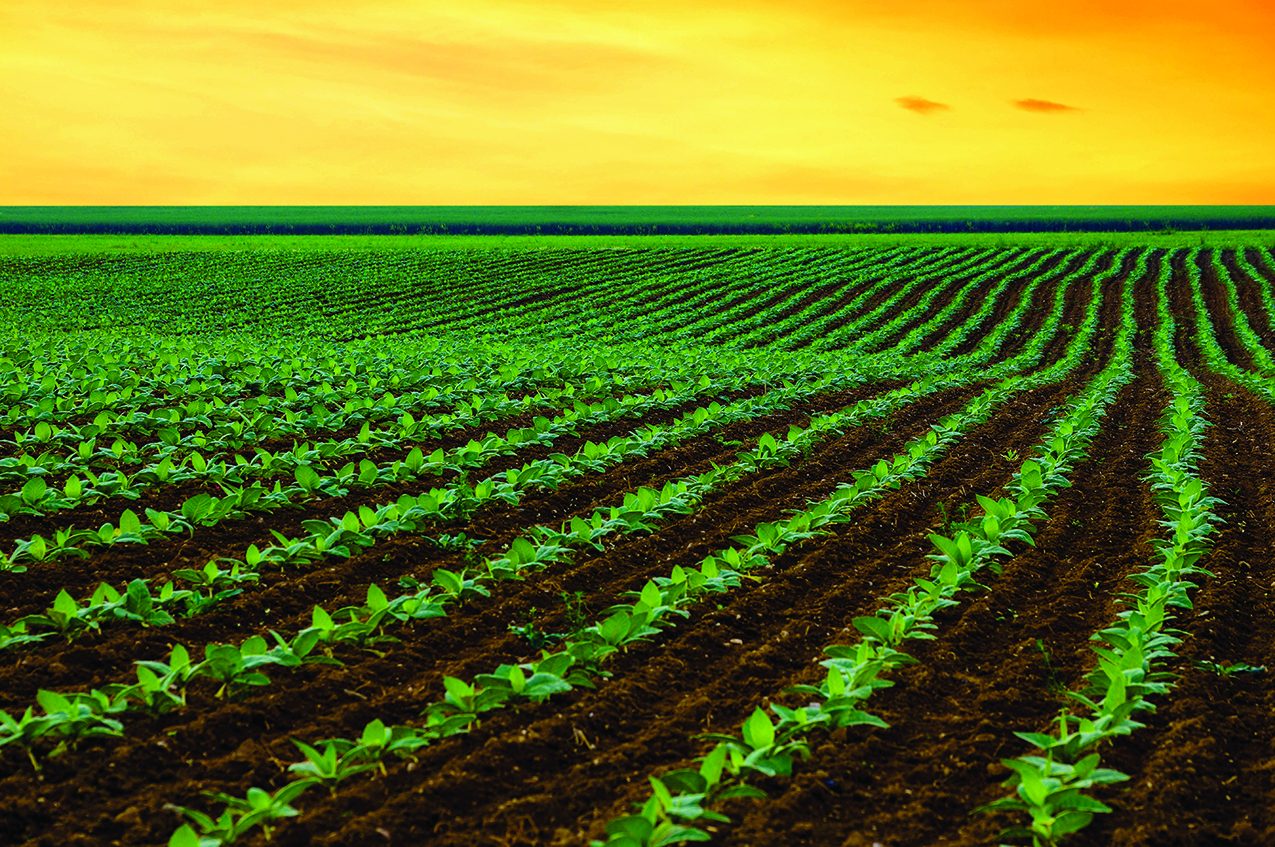
Seasonal farming techniques
Farming Techniques: The Foundation of Sustainable Agricultural Development
Cultivation techniques are an important part of agricultural production, playing a decisive role in productivity, product quality and environmental sustainability. With the development of technology and climate change, modern cultivation techniques not only stop at increasing productivity but also aim to protect natural resources and minimize negative impacts on the environment. This article will provide a comprehensive view of cultivation techniques, from traditional methods to modern trends, helping farmers improve production efficiency.
1. Concept of Cultivation Techniques
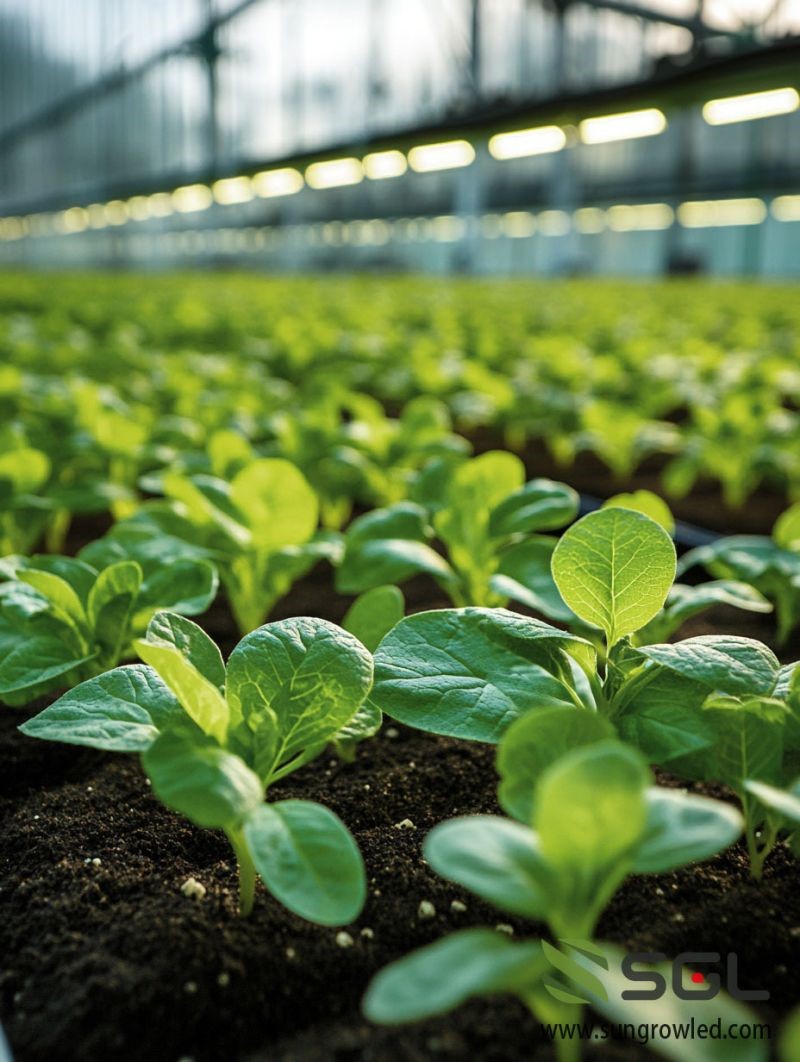
Agricultural techniques are a set of methods, processes and technologies applied in the agricultural production process to ensure that crops and livestock achieve the highest yield and quality. These techniques range from land preparation, seed selection, irrigation, fertilization, to protecting crops from pests and diseases and harvesting.
2. Popular Farming Techniques
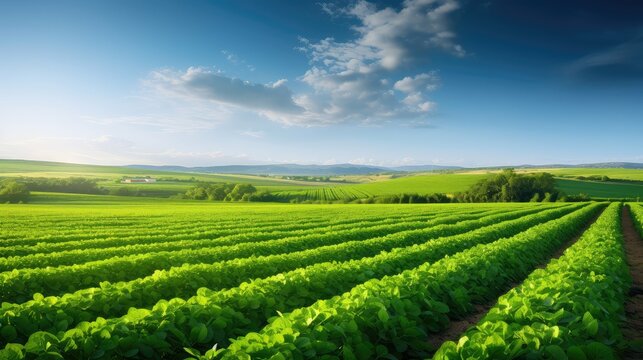
2.1. Traditional Farming
- Crop rotation: Plant different crops in rotation on the same area to maintain soil fertility and reduce pests and diseases.
- Intercropping: Planting two or more crops together on the same area to optimize soil, water and light resources.
- Slash-and-burn cultivation: This technique is common in mountainous areas, using the land for a short period of time and then letting the land rest.
2.2. Modern Farming
- Soilless farming (hydroponics, aeroponics): Using nutrient solution or air to grow plants, without using soil, helps save water and better control quality.
- Organic farming: Use organic fertilizers, biological products, do not use toxic chemicals to protect human health and the environment.
- Precision farming: Applying high technology such as GPS, sensors and management software to optimize the use of resources (water, fertilizers, pesticides).
2.3. Sustainable Farming
- Agroforestry: Planting agricultural crops interspersed with forestry crops helps protect soil and water and increases diversified income for farmers.
- Climate-smart farming: Methods to help crops adapt to climate change, reducing greenhouse gas emissions.
- Integrated Resource Management (IPM): Combines biological, mechanical, and chemical measures to protect crops, reducing dependence on chemicals.
3. Important Techniques in Farming
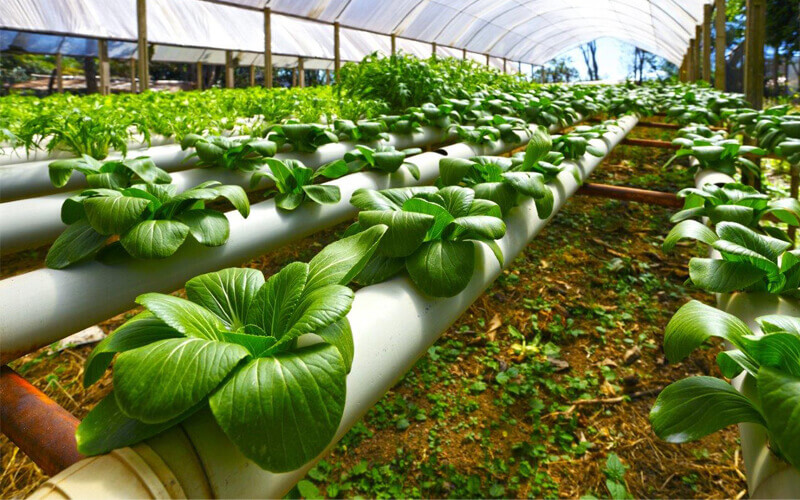
3.1. Soil Preparation
- Land preparation: The soil needs to be plowed to aerate, remove weeds and improve the ability to absorb water and nutrients.
- Basal fertilization: Use organic or chemical fertilizers before planting to increase soil fertility.
3.2. Selecting Varieties
- Choose plant varieties suitable for climate, soil conditions, and pest resistance.
- Prioritize hybrid varieties with high productivity and good adaptability to climate change.
3.3. Irrigation
- Drip irrigation: Saves water and delivers water directly to the base of the plant
- Misting: Increases humidity for plants, especially plants in greenhouses.
- Automatic irrigation system: Uses sensors to control the amount of water applied based on soil moisture.
3.4. Fertilization
- Use organic fertilizers and biofertilizers to improve soil and protect the environment.
- Apply fertilizer techniques at the right time and in the right dosage to avoid waste and pollution.
3.5. Pest Control
- Use biological measures: Raise natural enemies or use biological products to control pests.
- Crop rotation: Helps reduce the accumulation of pathogens in the soil.
- Controlled spraying: Use pesticides only when absolutely necessary and in the correct dosage to minimize negative impacts on the environment.
3.6. Harvest
- Harvest at the right time to ensure product quality.
- Use post-harvest processing and preservation technology to minimize loss and increase product value.
4. Benefits of Modern Farming Techniques
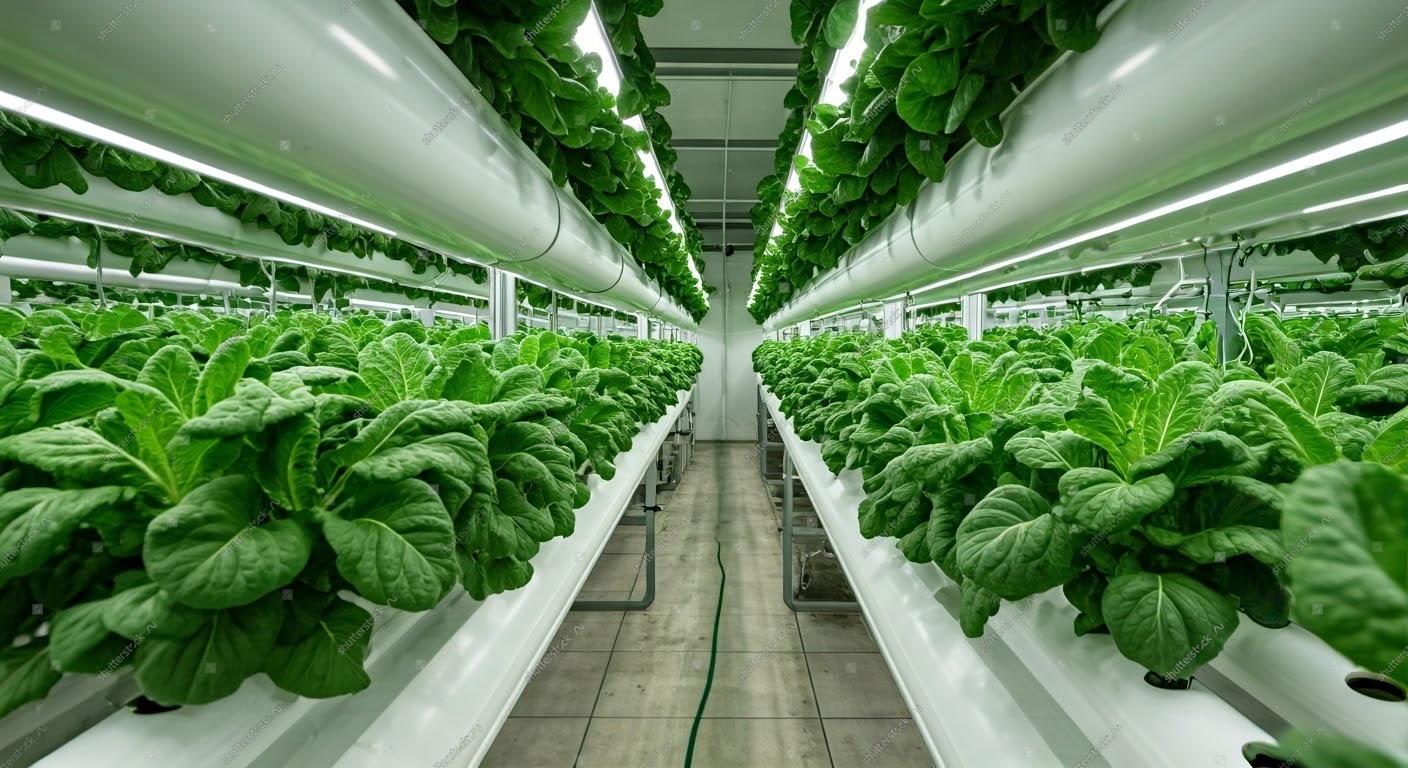
4.1. Increase Productivity
- Modern techniques such as precision farming and hydroponics significantly increase the yield and quality of agricultural products..
4.2. Saving Resources
- Optimizes the use of water, fertilizer and energy, helping to reduce production costs.
4.3. Environmental Protection
- Reduce dependence on chemicals, limit soil and water pollution.
- Maintain ecological balance, protect biodiversity.
4.4. Responding to Climate Change
- Smart farming methods help plants and animals adapt to harsh climate conditions..
5. Challenges in Farming Techniques
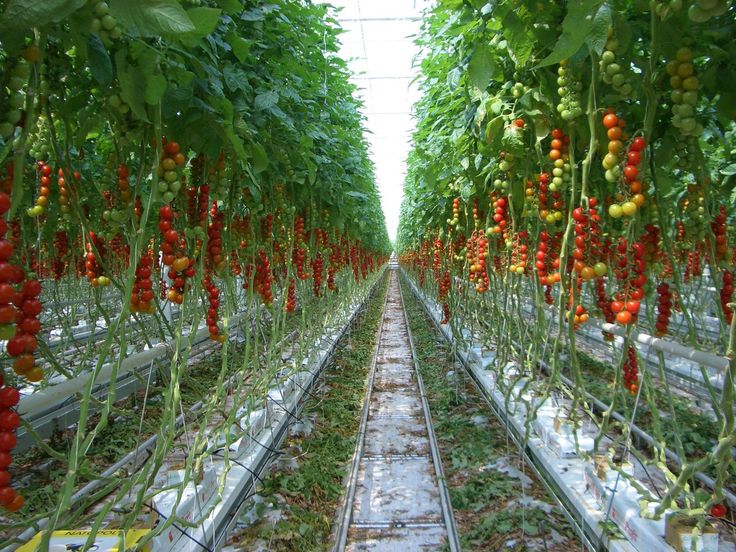
- High investment costs: Many modern techniques require large investments, especially high technology.
- Lack of knowledge and skills: Farmers need training to master new techniques
- Climate change: Changes seasonality, affecting the ability to apply some traditional techniques.
6. Development Trends in Cultivation Techniques
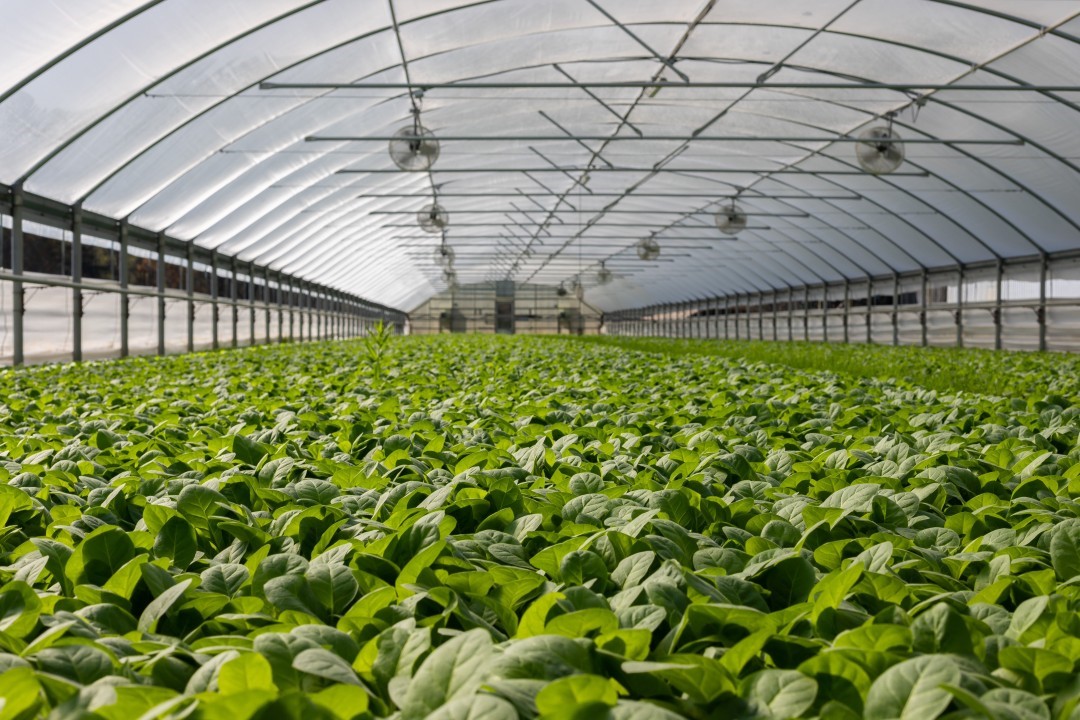
- Digital transformation in agriculture: Using big data, artificial intelligence (AI) and Internet of Things (IoT) to manage crops and livestock.
- Developing green agriculture: Towards environmentally friendly farming techniques, reducing greenhouse gas emissions
- Urban agriculture: Promoting rooftop and greenhouse farming models in large cities
7. Conclusion

Farming techniques are constantly evolving to meet the growing human demand for food, while protecting natural resources and the environment. The application of modern farming techniques not only increases productivity but also creates sustainable, environmentally friendly agriculture. To be successful, farmers need to combine traditional experience with scientific and technological advances, aiming for modern and efficient agriculture.
Bình luận
Những bình luận mới nhất



